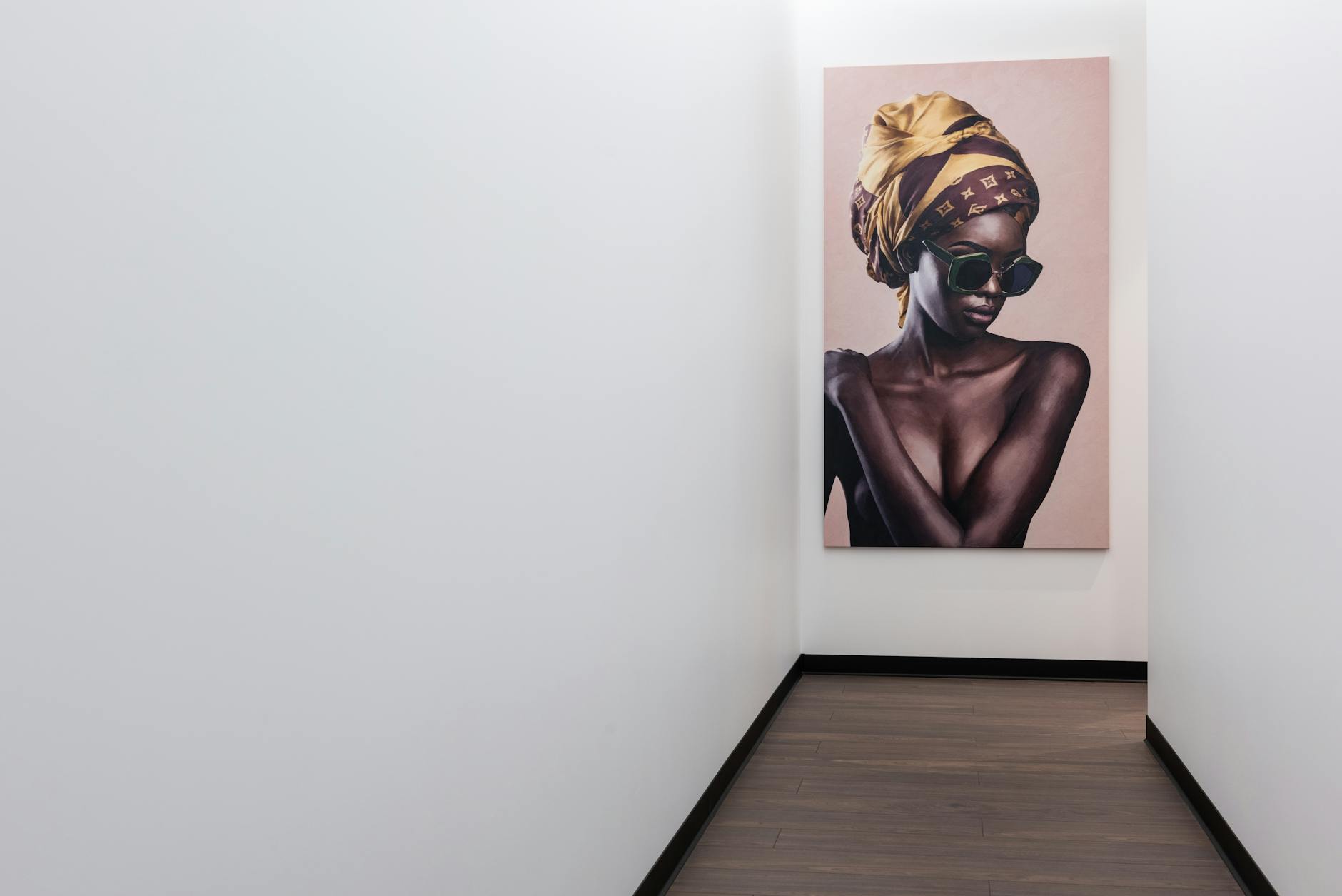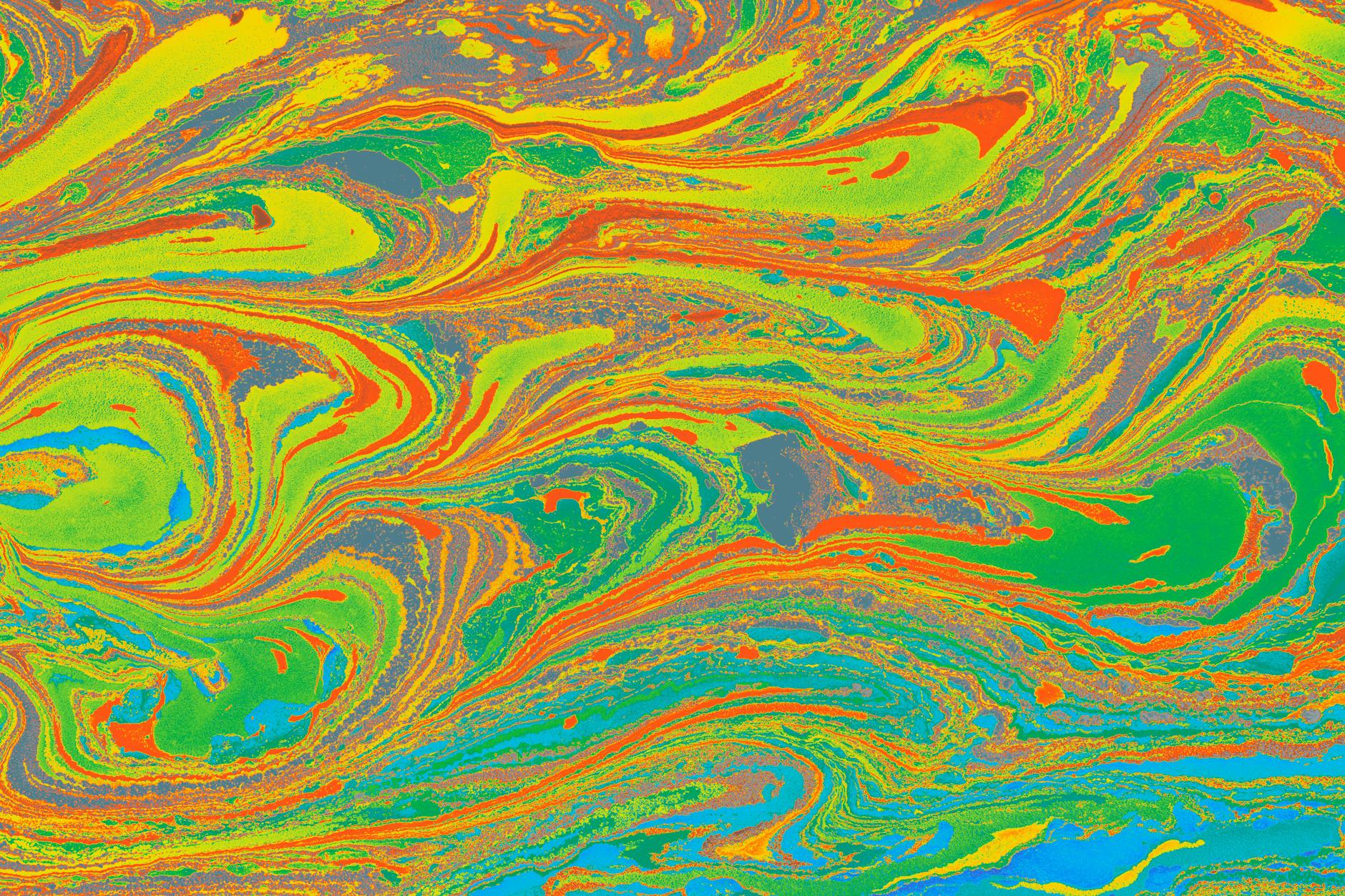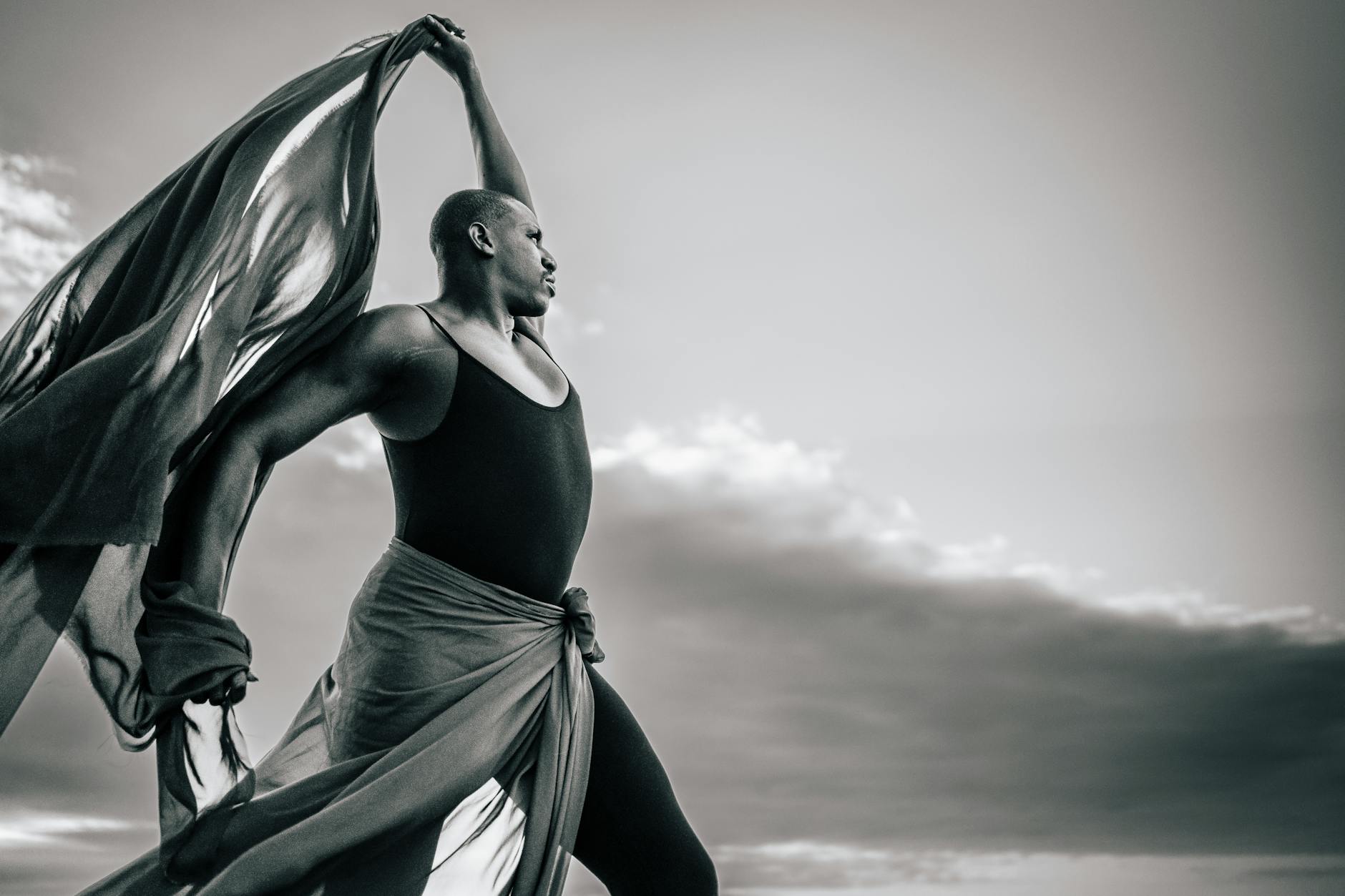The rise of psychedelic symbolism in pop culture encapsulates a unique and dynamic era. This period gave birth to a vivid tapestry interwoven with bold colors, iconic symbols, and an expression of the human spirit that sought to expand beyond its conventional realm, to question the status quo and explore the unknown depths of consciousness and spirituality.
Born out of the counterculture movement of the 1960s and 70s, psychedelic symbolism is strongly associated with LSD and other mind-altering substances. The hallucinogenic experiences these substances induced featured heavily in artworks and music, creating a wave of ‘psychedelic consciousness’ that swept over Western society.
Movies played a vital role in disseminating psychedelic symbolism. Consider, for instance, the classic film “Yellow Submarine” (1968) featuring The Beatles. This animated journey was rich in psychedelic imagery and considered a landmark in pop culture references. Films like “Easy Rider” (1969) and Stanley Kubrick’s “2001: A Space Odyssey” (1968) also drew heavily on psychedelic aesthetics, with their use of vivid colors, hallucinatory sequences, and counterculture themes.
Fashion, too, echoed the sentiments of this burgeoning psychedelic consciousness – from the bold galaxy of colors exhibited in tie-dye shirts to the prominence of peace signs and flower power motifs. Emblems like these were more than just visual statements – they represented a generation’s collective and conscious attempt to depart from traditional norms and foster global peace and unity.
Symbolism found its way into the mainstream through various iconic symbols. The peace sign, arguably one of the most recognizable symbols of the ’60s counterculture, was all about promoting pacifist ideals in a time of widespread societal unrest. On the other hand, the phrase “flower power” was coined by beat poet Allen Ginsberg to transform the protest movement into one of passive resistance, using flowers as metaphors for peaceful dissent.
Woodstock, the iconic music and art fair held in 1969, was a celebration of this expressionist culture. It brought together over half a million young people in a field in upstate New York to celebrate three days of peace, music, and love, and is often identified as the apex of the counterculture movement. Tripped out visuals, iconic musicians, and an unparalleled sense of unity left a permanent stamp on pop culture, forever associating Woodstock with the psychedelic era.
Art movements too were swayed by psychedelia. Artists such as Peter Max, Alex Grey, and the collective known as The Fool explored vibrant color schemes, kaleidoscopic patterns, and fantastical subjects in an attempt to externalize the hallucinatory experiences of psychedelics. These works have continued to influence recent artistic trends, with modern graffiti and digital art, like fractals, still using these techniques and motifs.
Transitioning into the digital age, today’s popular culture continues to draw from the psychedelic era. Modern music, film, fashion, and even internet memes often incorporate the aesthetic or inherent messages of the psychedelic counterculture. Movies like “The Matrix” and “Inception” warp reality in a way that very much resonate with psychedelic experiences, while fashion trends routinely revive the tie-dye and bohemian patterns.
Psychedelic symbolism in pop culture, hence, serves as a fascinating demonstration of how alternative experiences and views can seep into mainstream consciousness. The visual statements of a bygone era not only continue to find relevance but have also evolved into new forms, blending with digital landscapes, and continuing to push the boundaries of creative expression. Proof that even after all these years, the counterculture’s legacy still lives on in our pop culture, reminding us of a time of tremendous creativity, boundless expression, and the audacity to dream a different reality.








